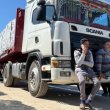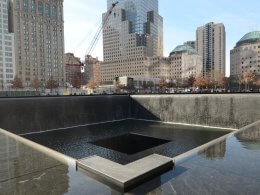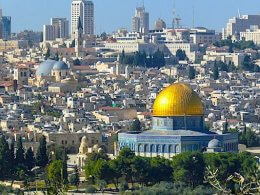ISIS-affiliated media post shocking graphic on conducting proper knife attacks
A pro-Islamic State media group posted to its Telegram channel a graphic advising followers on the proper knives to use and areas to stab when conducting a knife attack.
The Yaqeen media group advises jihadis:
• Do not use a short knife
• Do not use a long knife
• Choose a good middle sized knife that does not fold
• You can stab it or cut it open or both
The graphic then advises, “These 3 places are lethal areas in the arm that can be cut,” with arrows pointing to the armpit, elbow and wrist.
A second set of arrows point to the stomach: “Soft area that can be easily cut and torn.”
This comes after Monday’s Ohio State University knife attack in which 18-year-old Abdul Razak Ali Artan rammed his car into a group then subsequently exited his vehicle and stabbed individuals with a butcher knife leaving 11 injured. Artan was then shot dead by a nearby police officer.
ISIS claimed responsibility for the attack Tuesday on its social media channels.
Artan made several references to jihad on his Facebook page including the mentioning of notorious jihadi cleric Anwar Al Awlaki.
The graphic is a screen grab from an extensive tutorial video reported by The Foreign Desk released by the terror group’s Raqqa headquarters this past weekend on how to properly behead someone using only a kitchen knife.
In the video, a masked attacker encourages knife attacks on the West, at one point stating, “There is no need to use firearms like a rifle or a pistol, rather it is enough to use blade weapon.”









